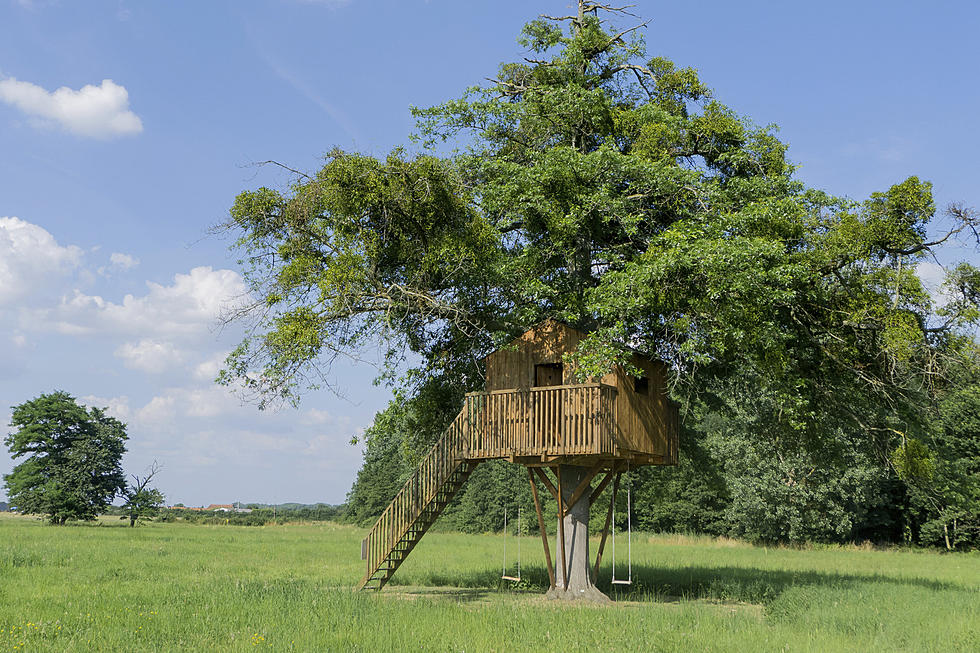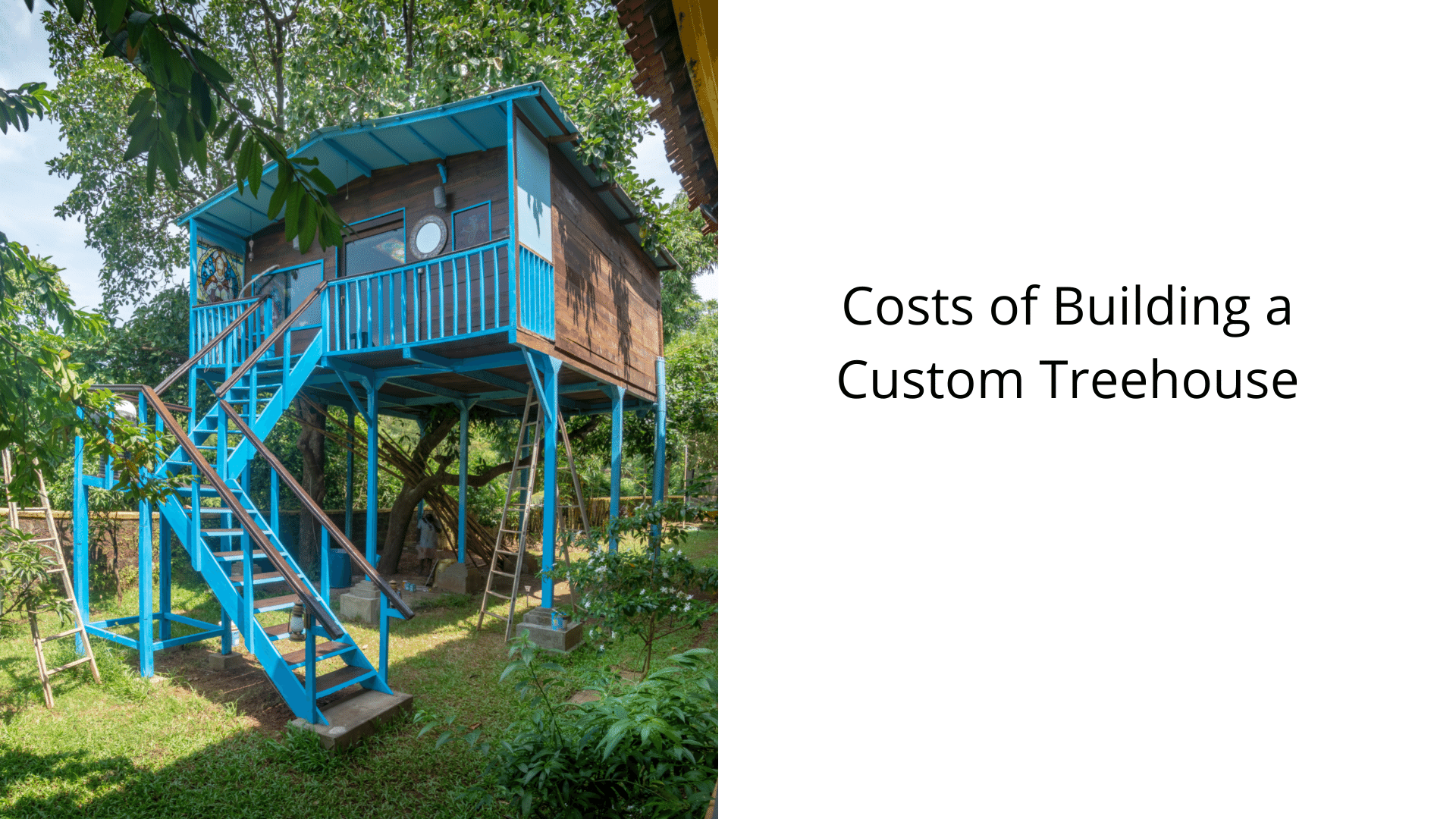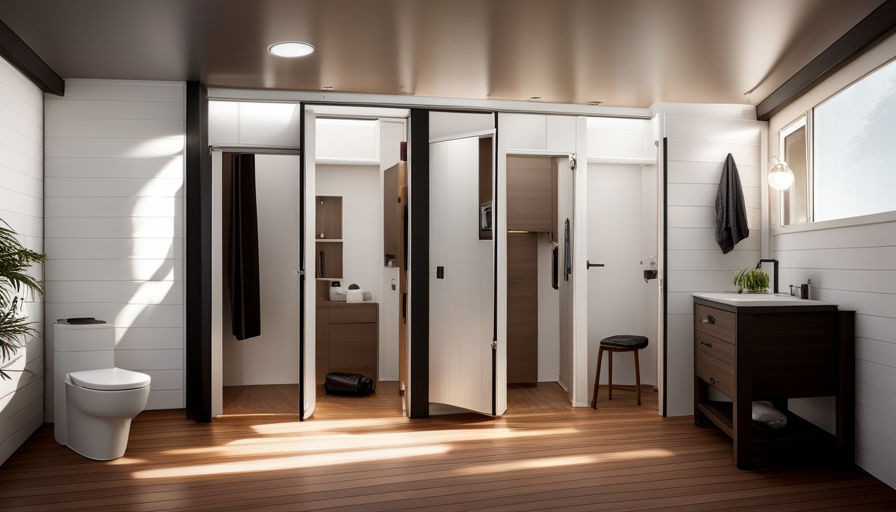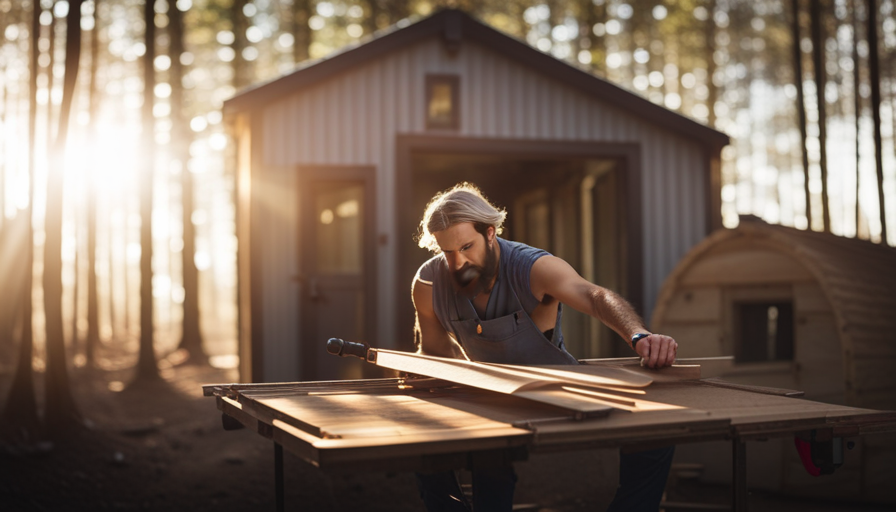Having a custom-built treehouse comes with the great benefit of being able to tailor the design to your liking. This allows you to choose a design that complements your home and provides a better view than your original setup. Sarah, a writer with experience in lawn care, finds joy in gardening and raising chickens. During her leisure time, she opts for using a battery-powered lawn mower to maintain her grass.
Costs of building a custom treehouse
Many factors determine the costs of building a custom treehouse. For instance, if you want to build a large treehouse with multiple levels, you will need to find two or more trees. Then, you will need to purchase hardware for the platforms and a safety system. You will also need to add decking or walkways to connect the different areas. Depending on the design and size, you may end up spending more than you initially thought.
The cost of labor for a custom treehouse will vary greatly, depending on the size and style of the building. On average, you will spend $25,000 to $35,000 for a custom build. However, this doesn’t include the cost of removing neighboring trees, which can range from $400 to $2,000. Despite the high materials costs, a custom treehouse will increase the value of your home by $7,130.

If you want to build a custom treehouse yourself, you can design it yourself using a design program or hire a tree house company. Treehouse companies typically have very low overhead. Some of them have a storefront, but these costs can be built into the project’s overall price. Another cost to consider is travel costs. Hiring a tree house company from outside your area will require travel expenses.
Another cost involved in building a custom treehouse is a tree service. While most people can do it themselves, if you have the budget, it’s worth hiring a tree service company. Professional tree services can range from $1,500 to $10,000. You’ll also need to consider the size of the structure. Using a formula to calculate the diameter of the tree’s trunk will help you choose the right size for the structure.
Costs of Hiring a Contractor
Hiring a contractor to build a custom treehouse can be expensive. Costs can vary from a few hundred to several thousand dollars. A site visit, detailed drawings, and full construction can range in price. The costs for these services vary between treehouse construction companies. Prices may be lower for a simple design or higher if you want to include a deck or walkways.
When hiring a contractor to build your custom treehouse, it is important to check credentials and check references. A licensed residential carpenter is the best choice for a job like this. Make sure the contractor has experience in building treehouses. You should ask for examples of their previous work and ask to see a portfolio. Get several quotes and hire the one who offers the best value. Ask about the permitting process and ensure you have a copy of your agreement.
When hiring a custom tree house contractor, it is essential to consider their overhead. These companies generally have low overhead and may even have their own storefront. However, there are certain ongoing expenses that you should be aware of, such as marketing costs. In addition to overhead, many companies also hire employees to help them increase their knowledge base. You should be aware of these expenses, as they can be built into the overall cost of the project.
The cost of hiring a contractor for a custom-designed treehouse will depend on the complexity of the structure, the size, and other factors. Generally, a kids’ treehouse will be between six and ten feet off the ground. Higher-level structures, however, will require specialized tools and extra time. This can be very expensive, though. A custom-built treehouse can cost anywhere from twenty-five thousand to three hundred thousand dollars.
Costs of Materials
There are two main types of costs for building a custom treehouse. One is the initial cost of the design, while the other is the ongoing cost of materials. The first type of custom treehouse cost is the most expensive. It costs anywhere from $1,500 to $5,000 for a simple design, and can go up to $10,000 for an elaborate one. Both types have similar components, but the cost of a custom treehouse depends on the quality of the materials used and the location of the building.
You can save money on material costs by using prefabricated designs, but you should also consider the location of your tree. The higher the place, the more expensive the treehouse will be. Several trees are suitable for building a custom treehouse, including Oak Redwood, Beech Fir, and Hickory Maple. If you are unsure of which tree to choose, speak to an arborist. The tree you choose should be large enough to support the weight of the treehouse, have a minimum girth, and have a long life expectancy.
The size of your custom treehouse will also determine the cost of the materials. Treehouses vary in size, from simple decks to elaborate multi-story buildings. The size of the custom treehouse will determine the cost of materials, but the more complicated the design, the more money it will cost. In addition, the cost of materials will increase if you choose more expensive lumber or composite wood. It will also be more expensive if you want your custom treehouse to be fully finished, which increases the total cost.
After deciding on the style and materials of your custom treehouse, you must determine what budget you have to allocate for the project. If you are building a custom treehouse, you may want to check online for tips and guides to save money on materials. The cost of materials for a custom treehouse can range from $2,000 to over $10,000. However, you can find some great discount materials by shopping around and finding the best deals. In addition, if you want to save even more money, you can buy reusable materials like sandpaper and nails.
Cost of permits
Building permits are required for custom treehouses, and the cost of these permits depends on the jurisdiction. Treehouse permits vary in cost but are not usually a large percentage of the overall project cost. Permit fees may include arborist consultation, geotechnical report, and additional renderings. A treehouse designed by a professional usually involves higher costs. In addition to permits, the cost of a custom treehouse might include other fees, such as a geotechnical report and building permit.
If you want to build a large, complex treehouse with amenities, you may need a building permit. Depending on your state, these permits cost anywhere from $1,200 to $2,000. Trees may also need to be cut down if your treehouse is situated in a designated area. Depending on the type of tree and its size, building permits can be as low as $200. Permits for a large custom treehouse can be expensive, but they are necessary.
The cost of a custom treehouse depends on the complexity and size of the structure. Prefab treehouse kits cost $400 to $1,600, and custom builds can cost $25,000. You’ll also need to pay for permits if you choose to build your treehouse. The permits can add up to another $2,000 or more to the total cost. Custom treehouses are legal on private property but must meet local code requirements.
In addition to the cost of building permits, other expenses associated with a custom treehouse should be considered. Different permits require different levels of amenities, and they cost different amounts. Custom treehouse permits are an essential consideration for any business wishing to build custom treehouses. The costs of these permits will also depend on the location and type of trees. You should ask your local building department about the cost of building permits in your area.
Cost of Insurance
While general liability insurance is important for any business, custom treehouse businesses should also carry other types of insurance to protect themselves in case of a loss or accident. Commercial property insurance protects the buildings and equipment of the business from losses and damages. Home insurance can cover medical bills and other expenses if someone gets hurt in a treehouse accident. However, this coverage doesn’t apply to the residents. For these reasons, it’s important to purchase insurance for the entire custom treehouse company.
Because a treehouse can be a unique addition to your property, it is important to talk to your homeowner’s insurance provider before beginning construction. Failure to notify your insurer before building your custom treehouse may cause your policy to lapse. A treehouse is a valuable structure, so you must buy adequate coverage to avoid financial ruin. It is important to keep in mind that homeowners insurance may be void if the treehouse is not compliant with local laws.
Another expense to consider when choosing an insurer is the cost of your treehouse’s installation. A treehouse needs to be safely installed for it to stand without falling. Before building a custom treehouse, you need to have an arborist or engineering professional review the structure. These professionals may charge up to a thousand dollars for code preparation. In addition, the cost of living in your local area can increase the costs of constructing a custom treehouse. Alternatively, you could opt to hire a company outside of your town to do the job.
Homeowners’ insurance for custom treehouses is a worthwhile investment. This coverage can minimize your liability risks while allowing you to choose the perfect treehouse. In addition, you can save money by purchasing quality materials and avoiding costly mistakes. And while a custom treehouse can add great fun and value to your home, it can also be a liability-prone endeavor. Consider these tips when choosing a custom treehouse contractor and make your custom treehouse as safe as possible.
I’m Theodore, and I love tiny houses. In fact, I’m the author of Tiny House 43, a book about tiny houses that are also tree houses. I think they’re magical places where imaginations can run wild and adventures are just waiting to happen.
While tree houses are often associated with childhood, they can be the perfect adult retreat. They offer a cozy space to relax and unwind, surrounded by nature. And since they’re typically built on stilts or raised platforms, they offer stunning views that traditional homes simply can’t match.
If you’re looking for a unique and romantic getaway, a tree house tiny house might just be the perfect option.










